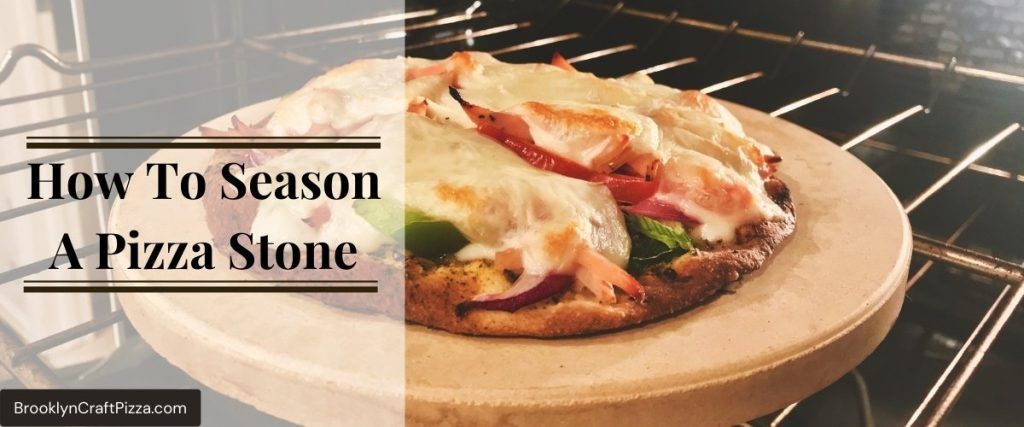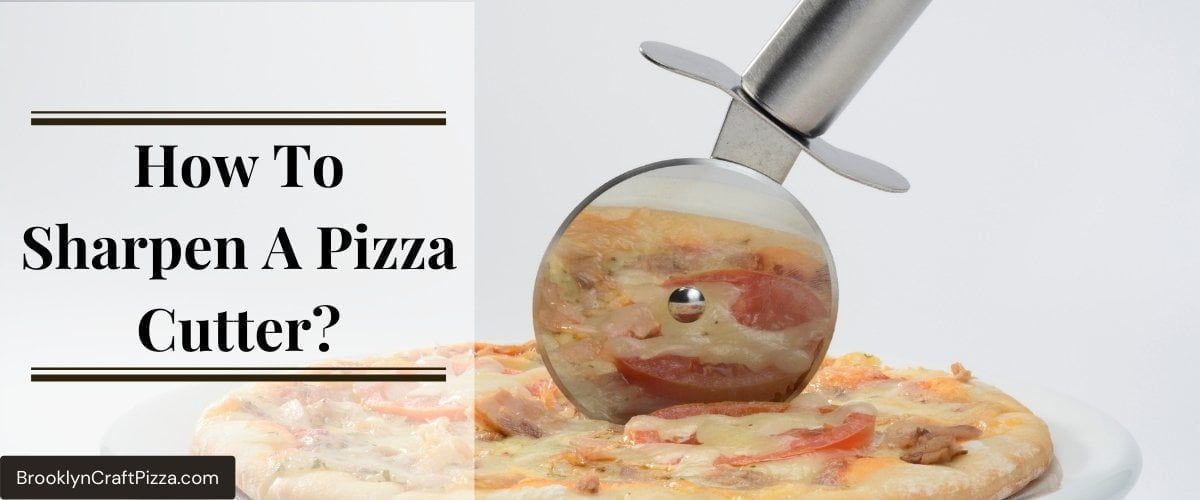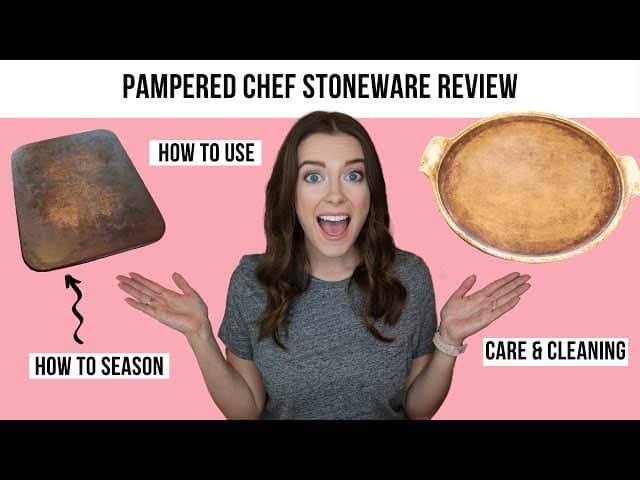Getting a good peel has taken my pizzas to the next level. Every time a pizza comes out of the oven, the ingredients and the toppings are intact because the peels I use are quality. I use metal peels to remove pizzas once they are baked because they work better for me compared to wooden peels. For this reason, I have always been in search of the best metal pizza peel. In my search, I have come across some incredible peels that barely have rivals. I have highlighted them below.
First, what is a pizza peel?
What is a Pizza Peel?
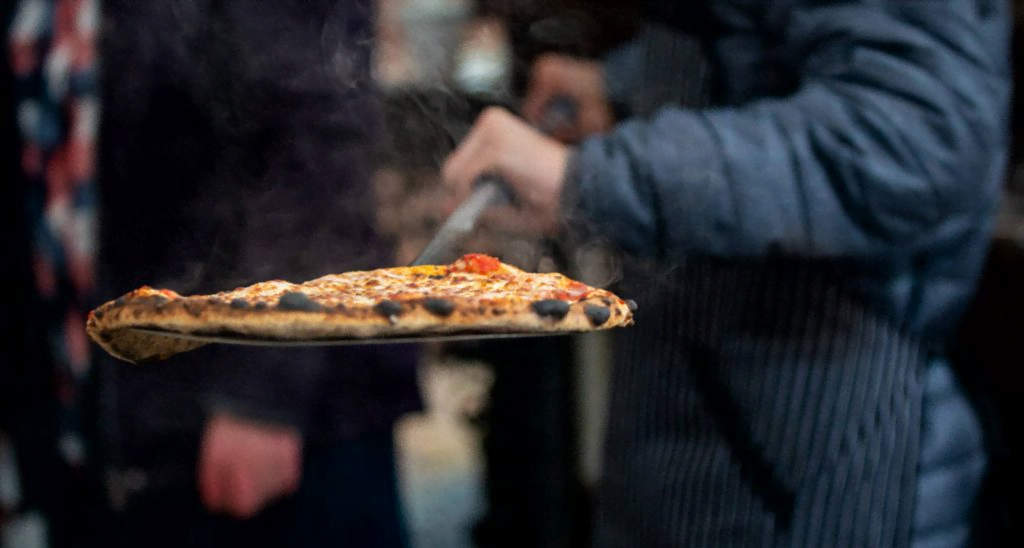
Image Source: thepizzaheaven.com
The name "peel" can be a bit confusing because it means to "remove the outer layer of something" in English. "Peel" comes from the French word "Pelle," meaning shovel. The action that the peel does to remove a pizza from the oven is a lot like shoveling.
A peel, therefore, is an item used to shovel a pizza out of the oven is a peel.
Best Metal Peel
I like mixing up my peels because they come in handy in different situations. Therefore, if you are thinking of getting a metallic peel, here are some I continue to enjoy using every time I make pizza.
Rank | Product Image | Brand Name | Link |
|---|---|---|---|
1 | [amazon fields="B07GSJKTVM" value="thumb"] | ||
2 | [amazon fields="B07T5S2LDD" value="thumb"] | ||
3 | [amazon fields="B08NPQDVD8" value="thumb"] | ||
4 | [amazon fields="B087JC9BD5" value="thumb"] | ||
5 | [amazon fields="B08NT1WP3G" value="thumb"] |
1) Checkered Chef Pizza Peel
[amazon box="B07GSJKTVM" template=" horizontal"]
There are few efficient peels, and Checkered Chef pizza peel is one of the few peels I recommend. The peel has a folding angle, which makes it convenient to have. In addition, the thin peel makes every transfer easy and without any potential burns.
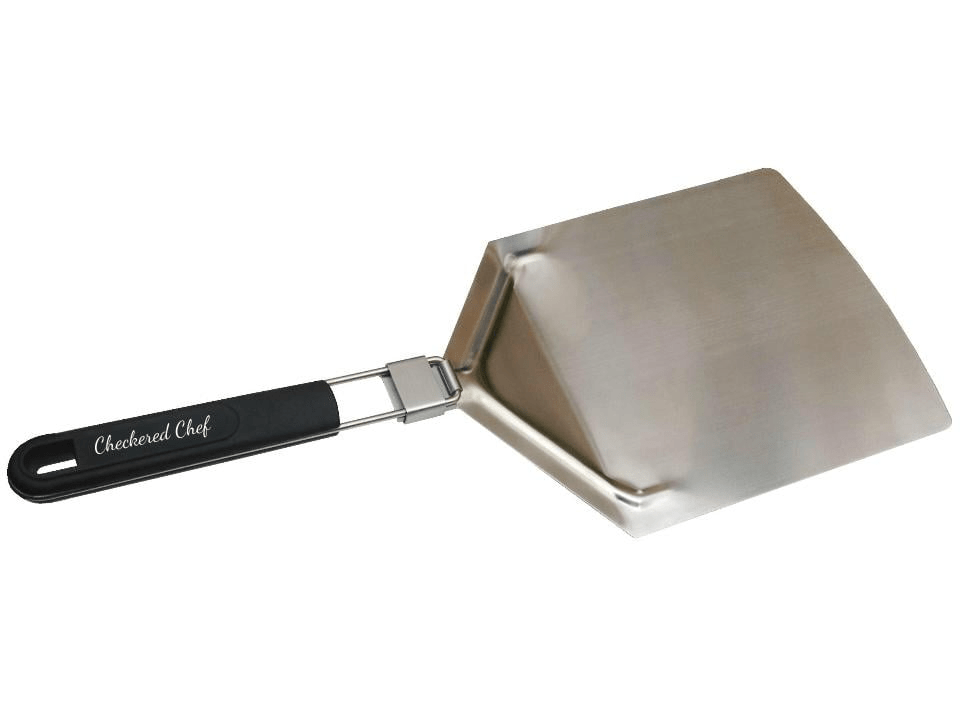
Image Source: checkerechef.com
The peel is not limited to pizzas; I use it as barbeque turners. There is a lot that the peel can do, and its versatility is one of the reasons why I own this peel.
The Checkered Chef peel is easy to handle and dishwasher friendly, making it a convenient peel.
PROS
CONS
2) Ooni Perforated Peel
[amazon box="B07T5S2LDD" template=" horizontal"]
Perforated peels have been my preferred design on a peel because they make transferring the pizza easy for me. In addition, the peel is good-looking and is one I like using whenever I have my friends over.
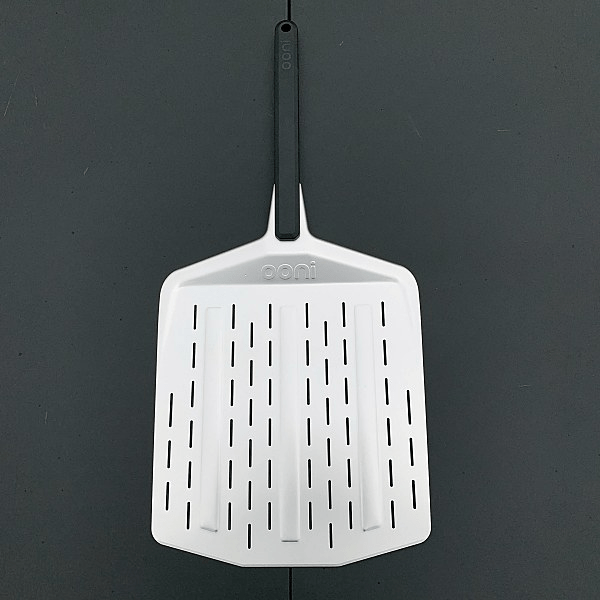
Image Source: the-gadgeteer.com
Ooni covers the weaknesses that many wooden peels have. This is the peel I use to retrieve pizzas, while I use wooden peels to deliver the uncooked pizzas. In addition, Ooni is lightweight and has a handle that keeps you from the heat emitted by the pizza oven, which tends to be very hot.
PROS
CONS
3) LRUI Turning Peel
[amazon box="B08NPQDVD8" template=" horizontal"]

Image Source: desertcart.sc
LRUI is perhaps the coolest pizza paddle I have in my kitchen. The peel has a round and perforated design that makes it easy to use. The peel is as light as four eggs and has a handle with a grip on it. There are a lot of advantages that the peel has, including easy storage and improved pizza delivery.
LRUI is affordable and deserves to be in every kitchen.
PROS
CONS
4) HOMEFAVOR Perforated Peel
[amazon box="B087JC9BD5" template=" horizontal"]
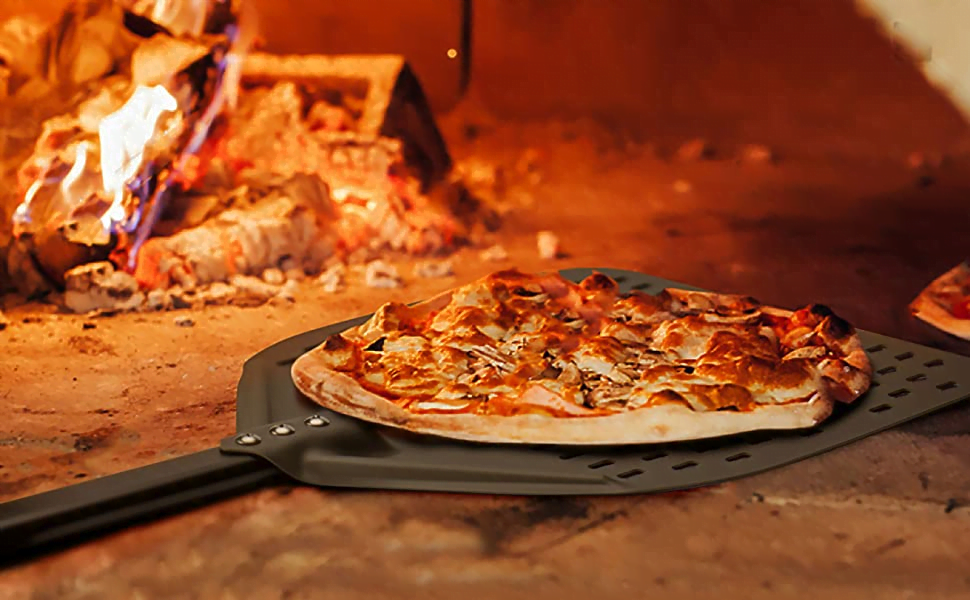
Image Source: gahomefavor.com
One thing about this peel makes it the peel I go for whenever I am in a hurry. The handle of the peel has grooves to hold it, making it the best choice when I need to be sure the pizza is safe.
HOMEFAVOR is a rectangular peel, one of the safest shapes you can have on a peel. Apart from the balanced design, the peel has an insulated handle for assured safety.
PROS
CONS
5) LX LERMX Peel
[amazon box="B08NT1WP3G" template=" horizontal"]
There is a sweet peel to me because it is a mixture of a wooden and metallic peel. The handle of the peel is wooden, while the rest is metallic, making the peel a satisfying, one-of-a-kind peel. In addition, the peel has a rectangular shape, making it a convenient and enjoyable peel to use.
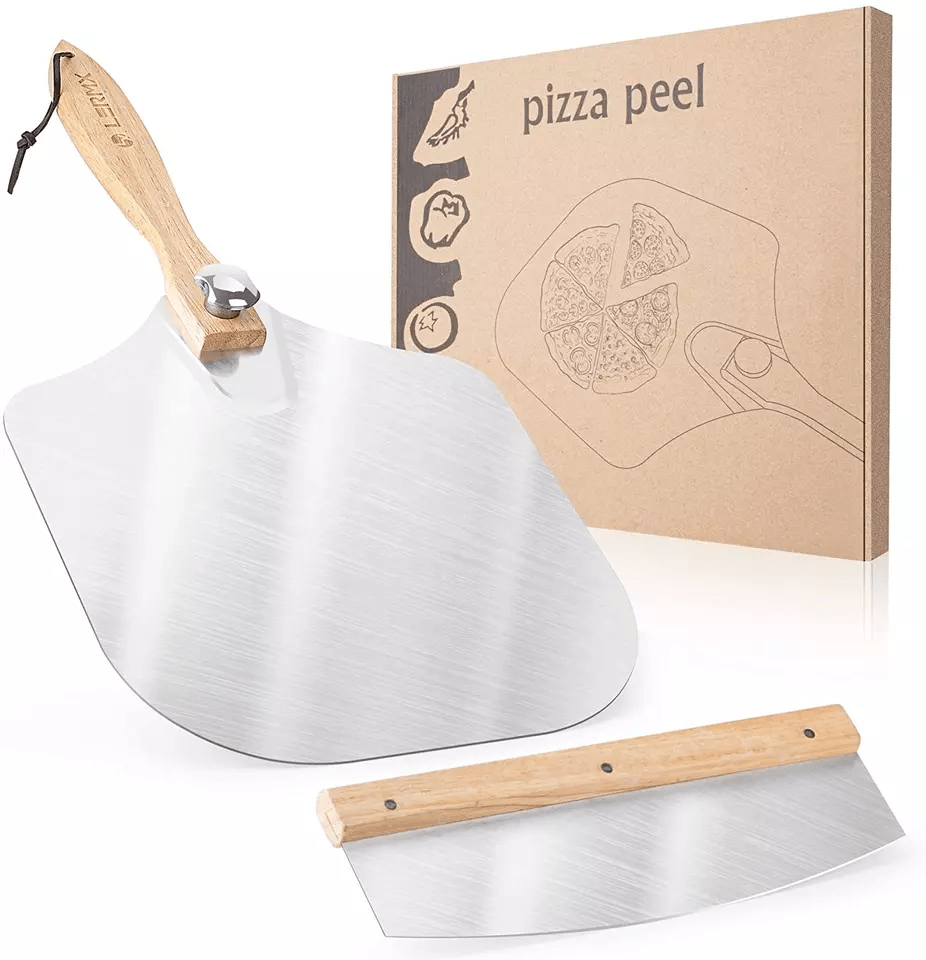
Image Source: alibaba.com
The peel sells one thing other peels do not sell; a pizza slicer. Unless I am making tiny pizzas, I have to slice the pizza to make it easy to handle when eating, and unlike other peels, LX LERMX seems to know this.
PROS
CONS
Advantages of Metal Pizza Peels
There are some reasons why I chose to buy metal pizza peels as much as I already have wooden pizza peels. Here are some advantages I enjoy when using metal pizza peels.
a) Easy Maintenance
Metal peels are easy to maintain compared to wooden peels. Metal peels take longer to dry and do not need special conditions. Metal peels are not problematic during the winter compared to wooden utensils. A wooden pizza peel would take longer to dry up in a cold season.
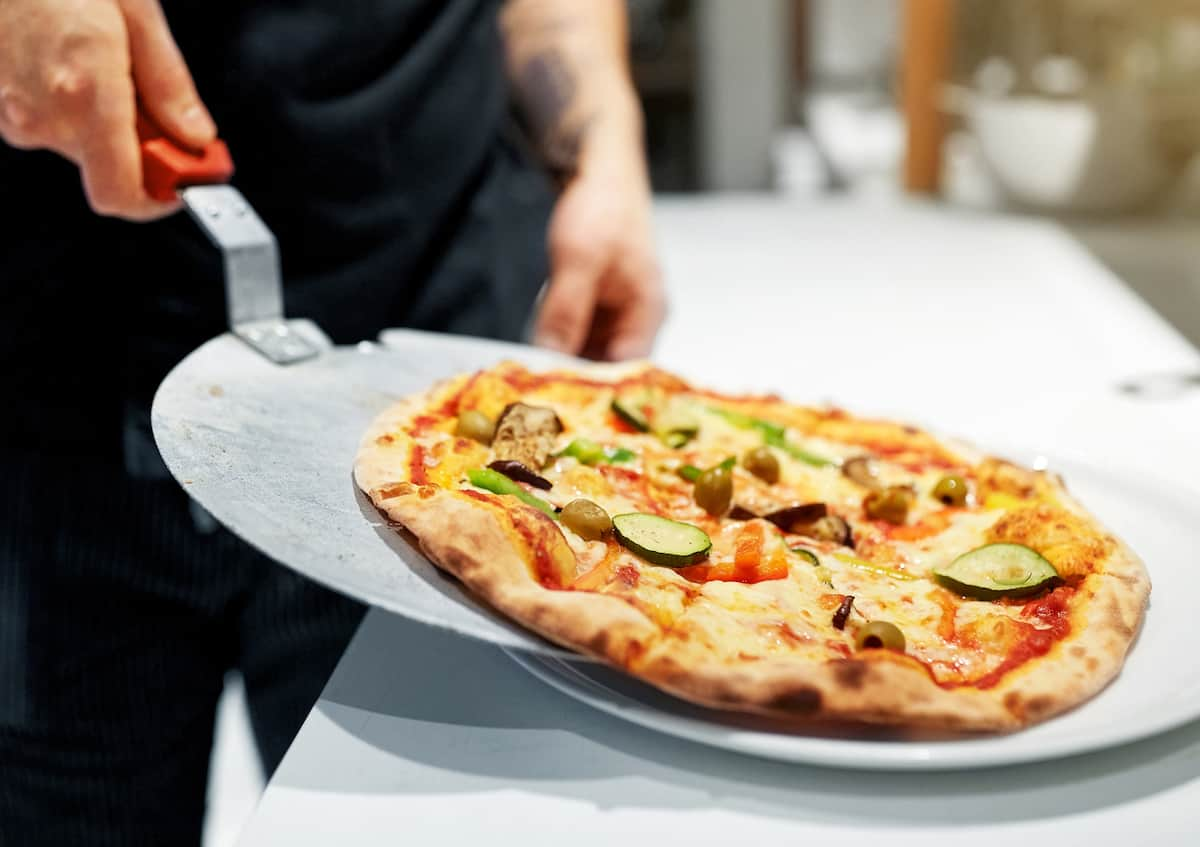
Image Source: foodsguy.com
Most metal peels do not rust, and there is no need to oil them strictly compared to wooden peels. However, the maintenance cost is why most commercial pizza bakers have metal peels.
b) Easy Accessibility
Metal is easier to access compared to wood. While there are a lot of wooden peels, I prefer high-quality wood, which is hard to come by. Metal pizza peels are, therefore, easier to come across and great for anyone setting up a professional kitchen.
c) Lightweight
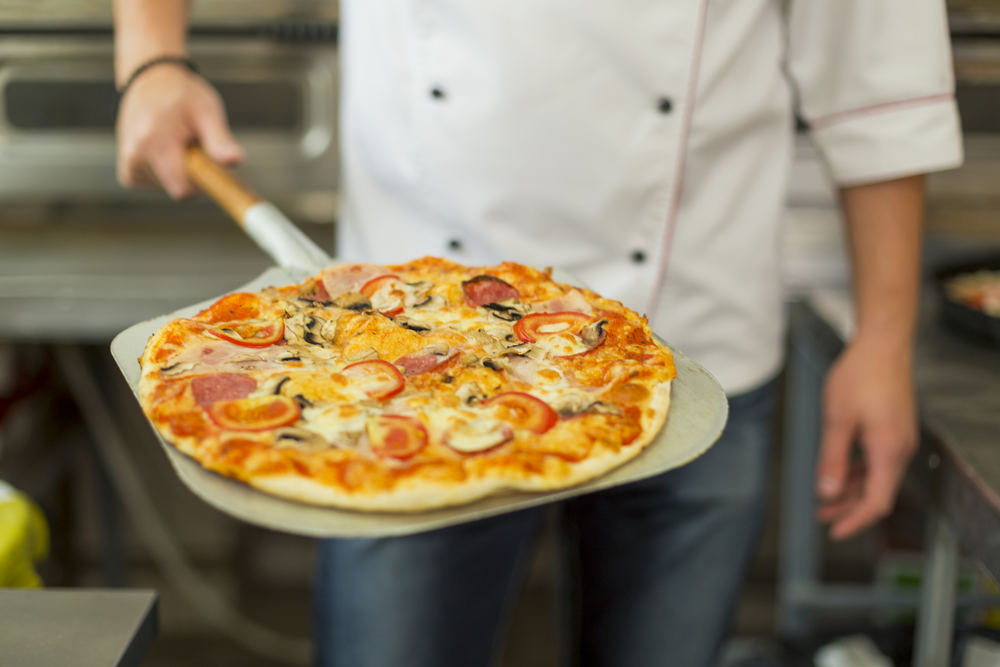
Image Source: pizzeriaortica.com
A light peel is what I need, especially if I am baking in a brick oven, which tends to be deep. When removing the pizza from the oven, I need a light peel that will not be too top-heavy. An aluminum pizza peel is a lightweight option because the material is one of the lightest metals.
d) Durable
Metal is as durable as you can take care of it. The biggest advantage I enjoy with metal peels is that they can stand very hot ovens. I would not comfortably put a wooden peel in a brick oven while I can a metal peel. I have a durable aluminum pizza peel in my kitchen that has lasted me years. I have tried out stainless steel peel, but I love aluminum because of its lightweight.
e) Flipping Pizza

Image Source: betterteam.com
Flipping pizza is easier with a thin and lightweight peel, and a metal peel gives the option of a lighter and more flexible peel than wood. Metal peels come in handy when I am flipping pizza, as the wooden peels are too thick for that job. However, wood with a beveled edge will still make it harder to flip pizza.
f) Good Looking
Metal peels are the most diverse peels I have in my house. There are a lot of peel designs in my kitchen that all look different, unlike the wood peels that are all just wood. So while the wood peels give off a classy vibe, you will find more diversity when dealing with metal peels.
g) Fire Resistance
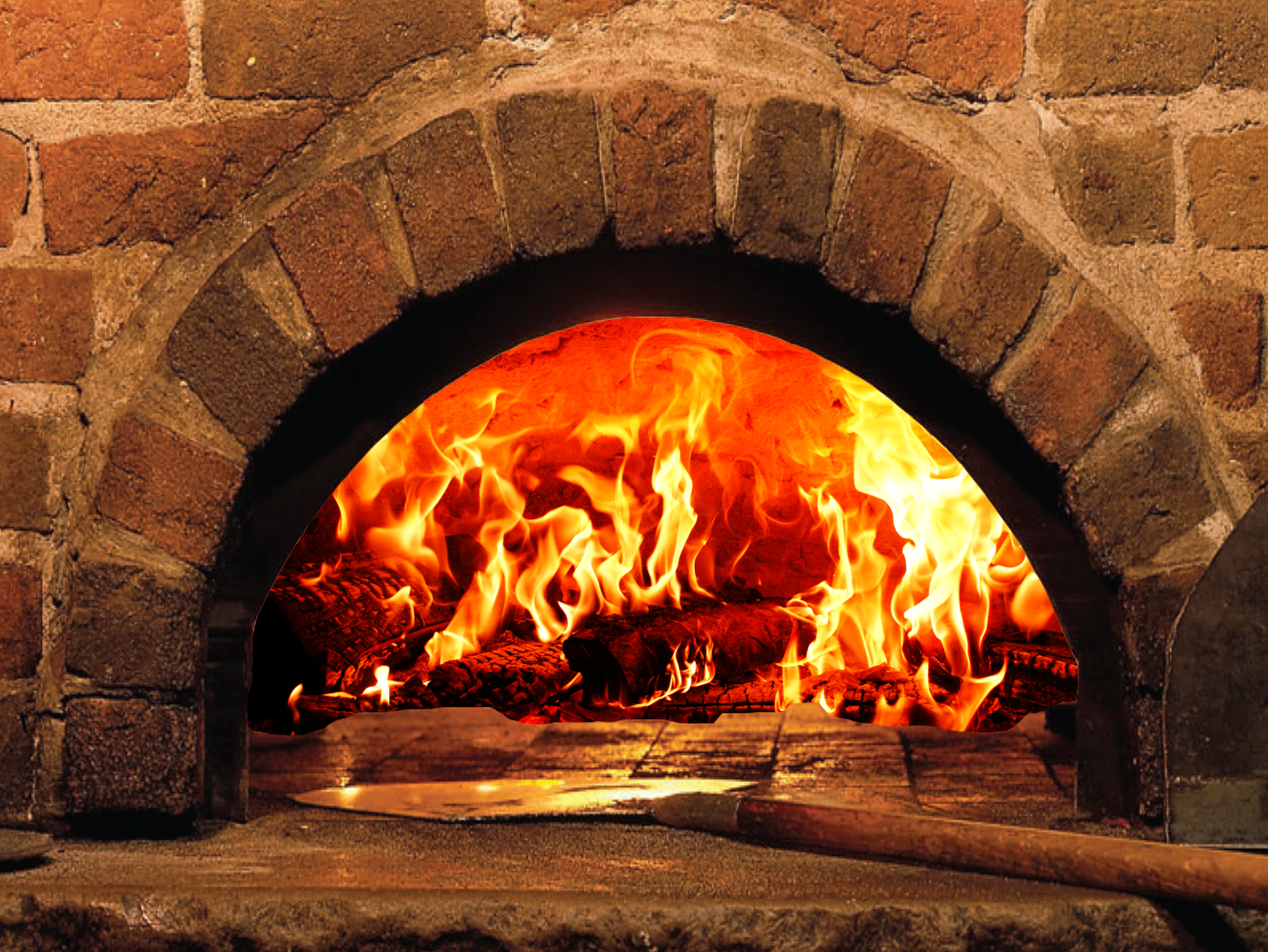
Image Source: brickovensforsale.com
A wooden surface will char when put on fire. Metal peels resist fire because all that will happen is the metal will get hot but not get damaged. Steel or aluminum peels are the most common peel metal materials, and they do pretty well in high-heat environments.
h) Convenience
I find the metal peel to be the more convenient choice, especially when there is a lot of pizza to be made. A wooden pizza peel takes longer to dry once it is washed, and transferring pizza from a wet surface is never a good idea. Metal surfaces dry faster than wood peels and are ideal for busy kitchens like restaurants or big families.
While there are ways of making the dough slide easily, like using semolina flour, a metal pizza peel will still be more convenient compared to a wooden peel.
Disadvantages of Metal Peels
Metal peels have a lot of conveniences. However, there are some downsides to the peel. Here are some downsides to using metal peels.
Sticky
I use the metal peel when removing pizza from the oven because a metal peel will handle cooked pies and pizzas better than wet dough. However, I will always stick to the wooden pizza peel to handle wet dough unless I use outdoor ovens.
There are ways to use metal peels to deliver wet uncooked pizzas including a perforated pizza peel or by ensuring the raw pizza dough does not sit directly on the peel.
Why Dough Sticks to a Peel
There are many reasons why dough can stick to the peel. Sometimes, the dough sticking to the peel has nothing to do with the dough or the peel. Here are some reasons why you might be having sticky dough.
i) Heavy toppings
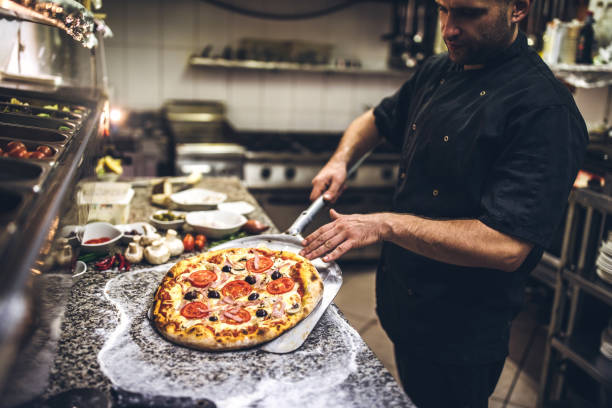
Image Source: istockphoto.com
If you have too many toppings on the dough, there is a slight chance that the pizza will be heavy enough to stick to the peel. I try to be generous with toppings whenever I make pizza, and I have experienced stickiness every time I am too generous. However, when handling raw dough requires a lot of care, and having enough toppings is a smarter move.
ii) Under-kneaded dough
There are gluten and protein strands that form when the dough is kneaded. I must know this, especially when kneading the dough by hand. I do not knead the dough for less than 15 minutes. I try not to do it for more than 30 minutes at a time. There is a sweet spot that I normally achieve when I get to around 20 minutes.
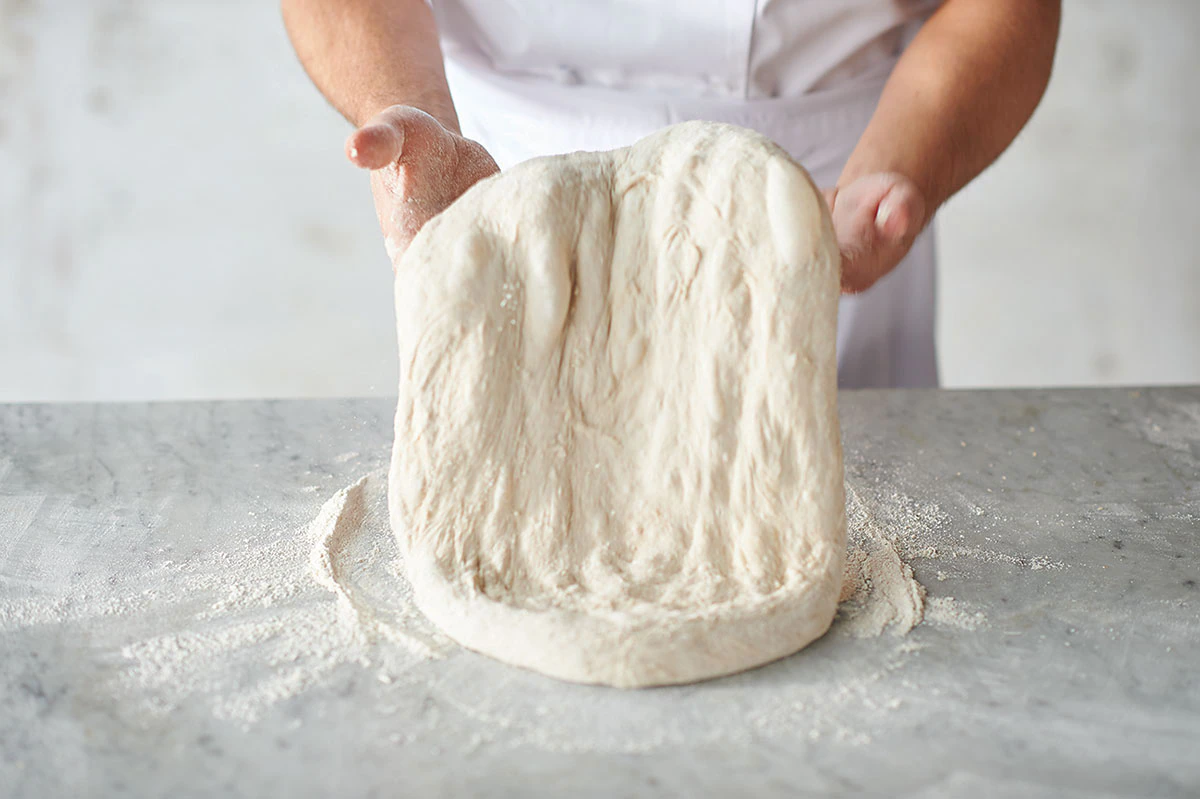
Image Source: sbs.com.au
Remember, the more you knead the dough, the more likely it is that the dough will not be sticky. However, you have to be careful as too much kneading might expel too much air, which is not good for the dough. On the other hand, you do not want the overly hard dough.
iii) Water Absorption by Peel
Whenever I use a wooden pizza peel, I limit the amount of time the dough will sit on the peel before I transfer it into the oven. Remember, some pizza ovens need to be pre-heated before the pizza is inserted into the oven. Therefore, I avoid placing the pizza on the peel before the oven is ready.
Absorption is never a problem whenever I use metal peels. However, other factors will make the dough stick to the peel if it sits too long.
iv) Wet Peel
A wet peel will make dough stick on it because water will be absorbed to the bottom of the prepared dough. In addition, water, unlike oil, makes the dough a bit sticky. For this reason, I try to use other means other than washing wooden peels regularly, like using oil, especially when the peel is in constant use.
The best way to dry wooden peel is to air dry it. However, this barely works during winter.
v) Thin Spots
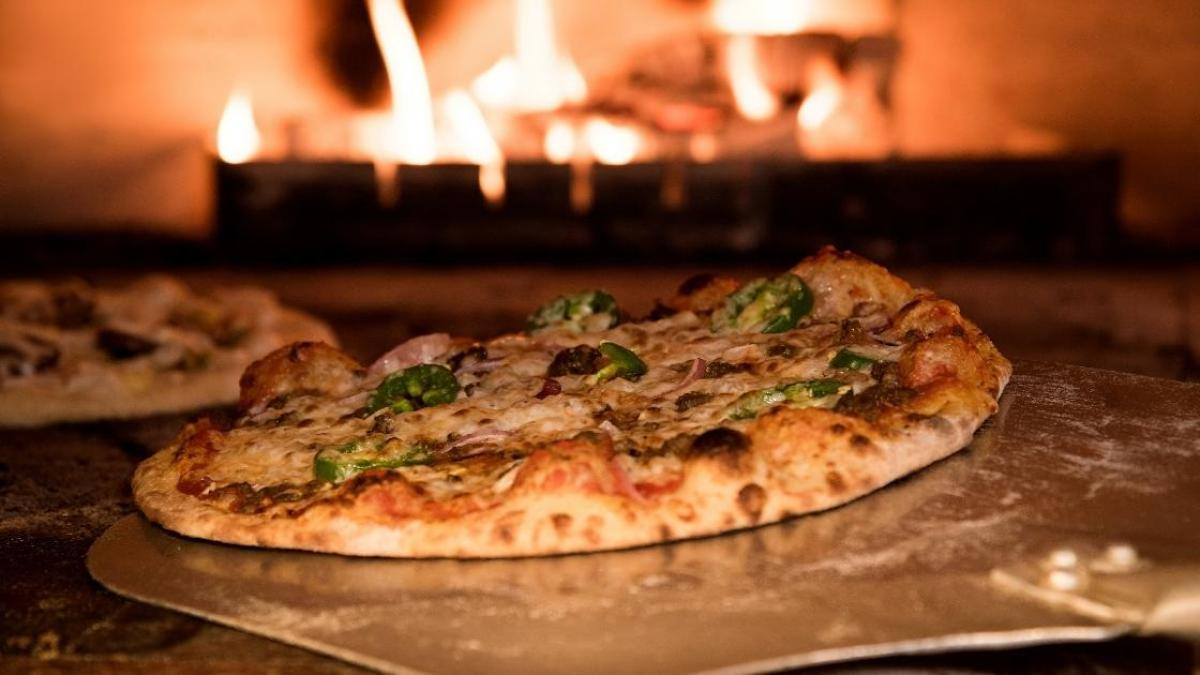
Image Source: 20minutos.es
If the dough is too stretched out, some parts might be a problem when transferring the dough to the oven. For example, regardless of whether you are using a thin metal pizza peel, the thin parts of the dough will not hold themselves together when making the transfer. This will especially be the case when working with heavy toppings.
v) Under-Rested Dough
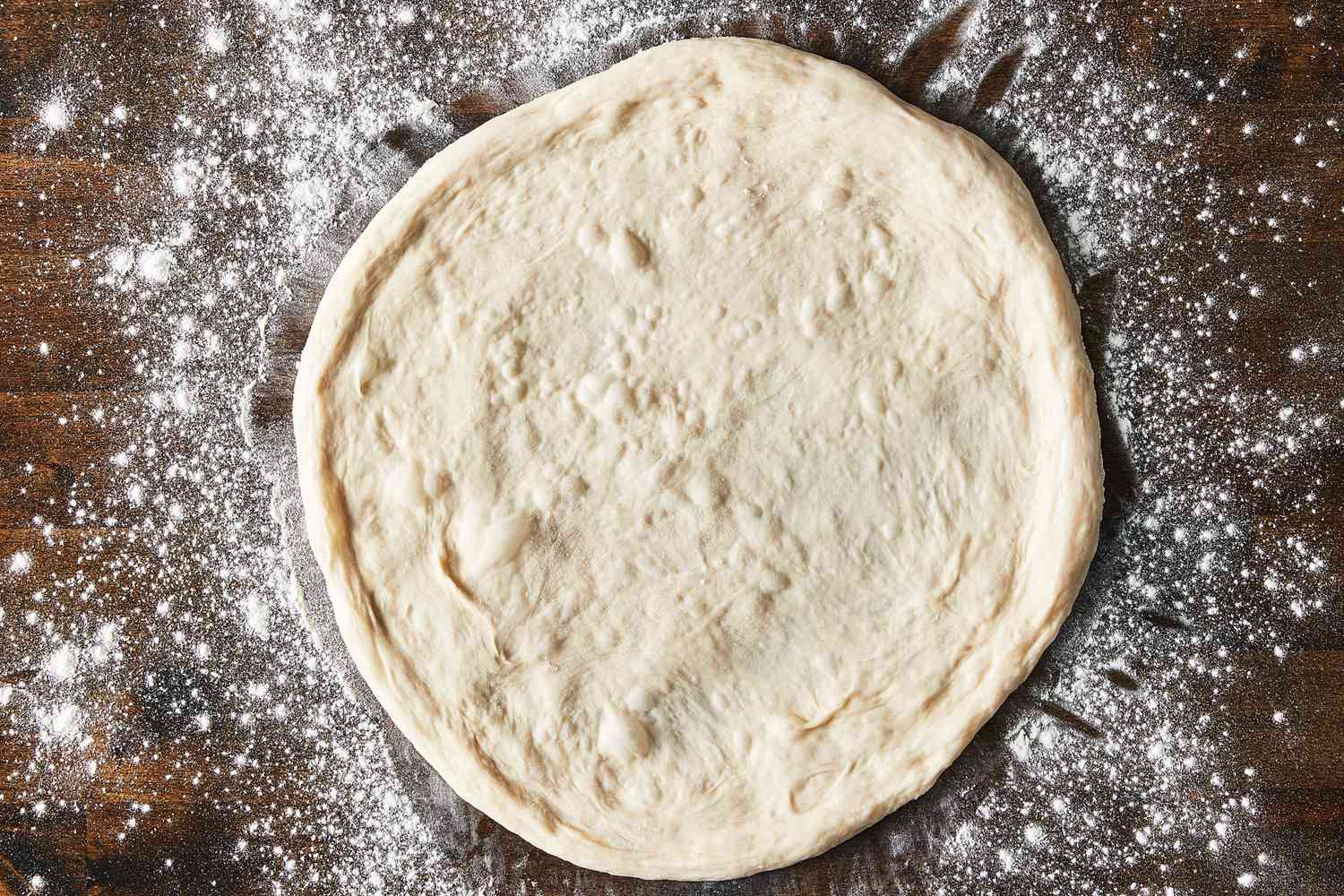
Image Source: foodandwine.com
It is never a wise idea to transfer dough that you just kneaded. When dough sits for a bit, the ingredients will have time to form strands, and the yeast will have enough time to take effect.
vi) Wrong Flour
Different types of flour react differently when kneaded. Different flours have different absorbent rates. This looks at the consistency of dough you need to make when baking bread, pizza, or cake. There is a difference in how dough reacts in different situations.
viii) Overhydrated Dough
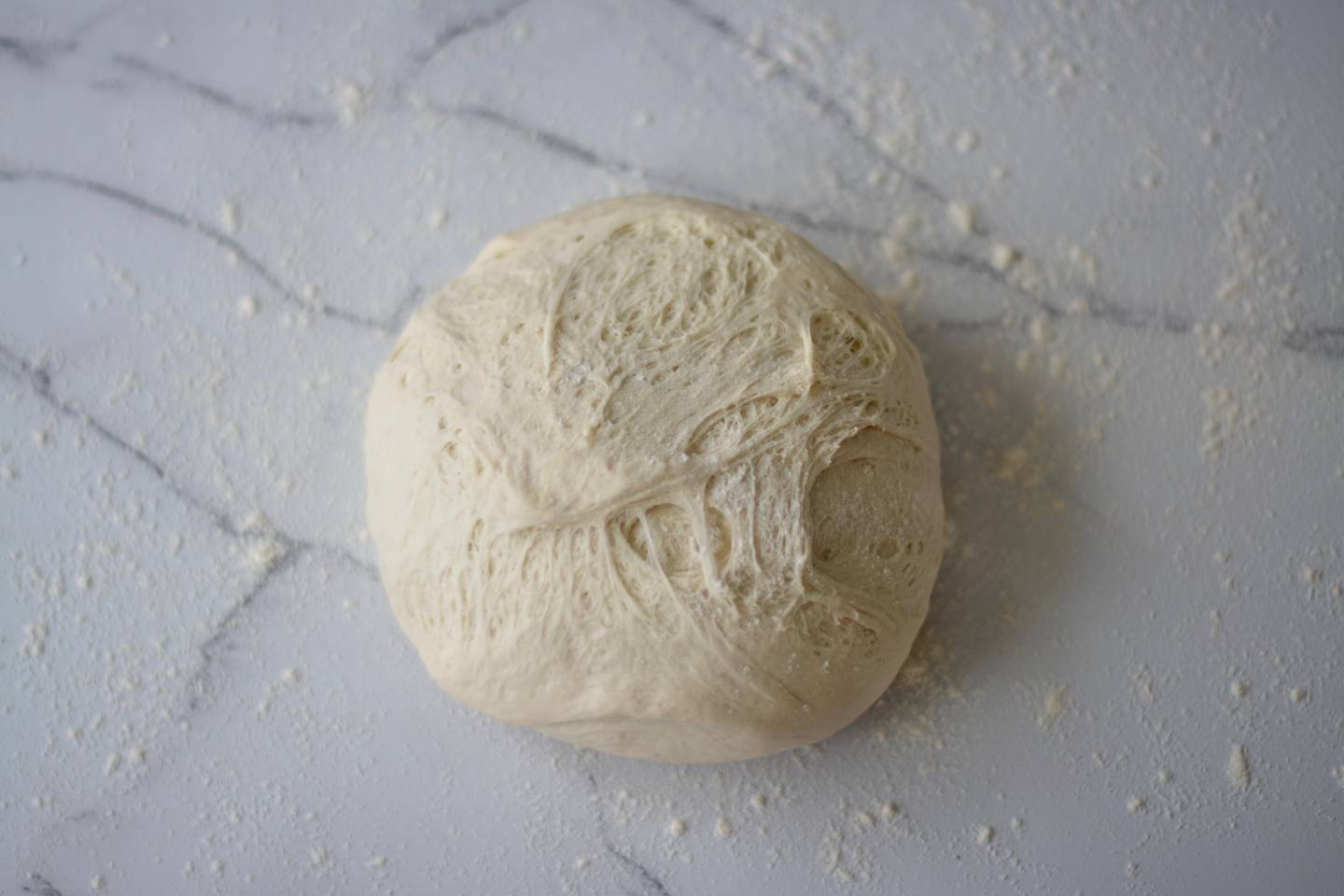
Image Source: maggiebeer.com.au
If you use too much water on the dough, there is a chance you will end up with a sticky situation. For example, you might have the best pizza peel, but if the dough is overhydrated, you will have a sticky situation. The situation will be worse if you use cold water.
ix) Humidity
If there is a lot of humidity, the dough will take in moisture from the air, and before you know it, the dough will stick to the peel’s surface.
x) Altitude
Hear me out. At high altitudes, the yeast in the dough tends to activate faster. This reaction makes the dough a bit dry and less sticky. You can expect the dough to be wet at lower sea levels.
xi) Yeast
As mentioned in some instances above, when yeast activates faster, the dough will be a bit dry compared to when there is slow activation.
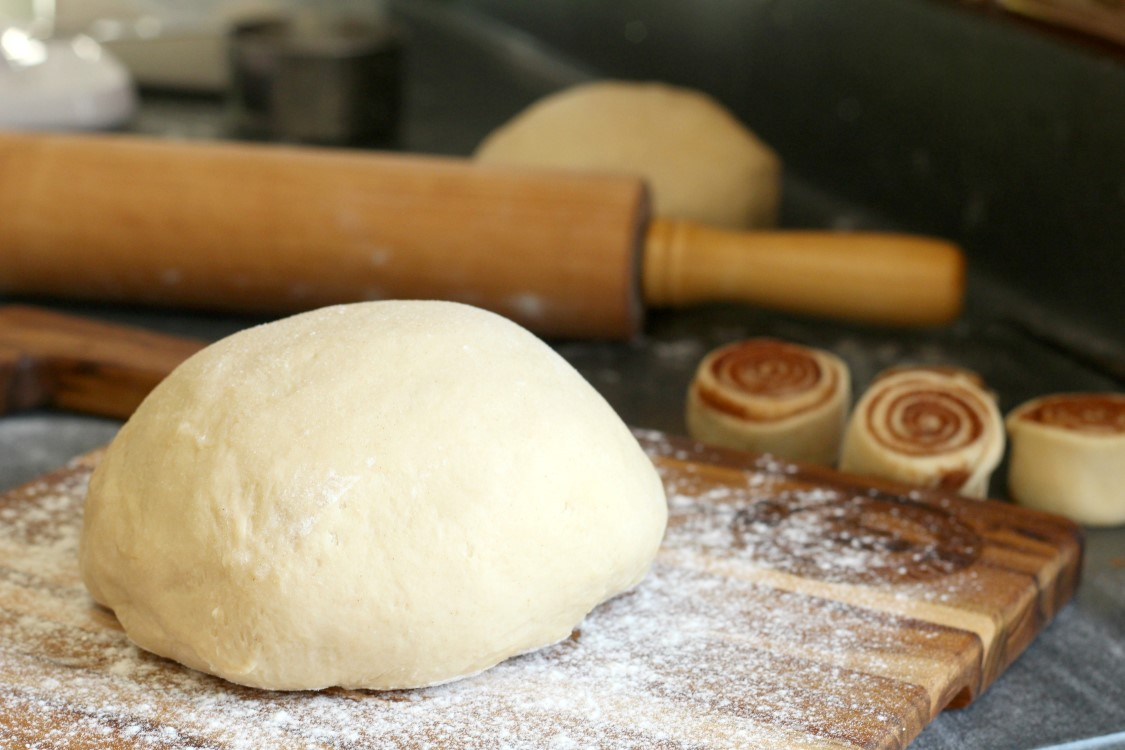
Image Source: chocolatewithgrace.com
It is vital to remember that a combination of factors can lead to the dough being dry. Hardly will there be a case where only one factor is affecting the dough.
Final Thoughts
A peel can be the reason why pizza will turn out great or not. I prefer the process to be as smooth as possible when making pizza. For this reason, I try to go for the best pizza peels I can find. Of course, I mix up my peels, and there are moments when the wooden peels come in handy and when all I need is a metal peel.

